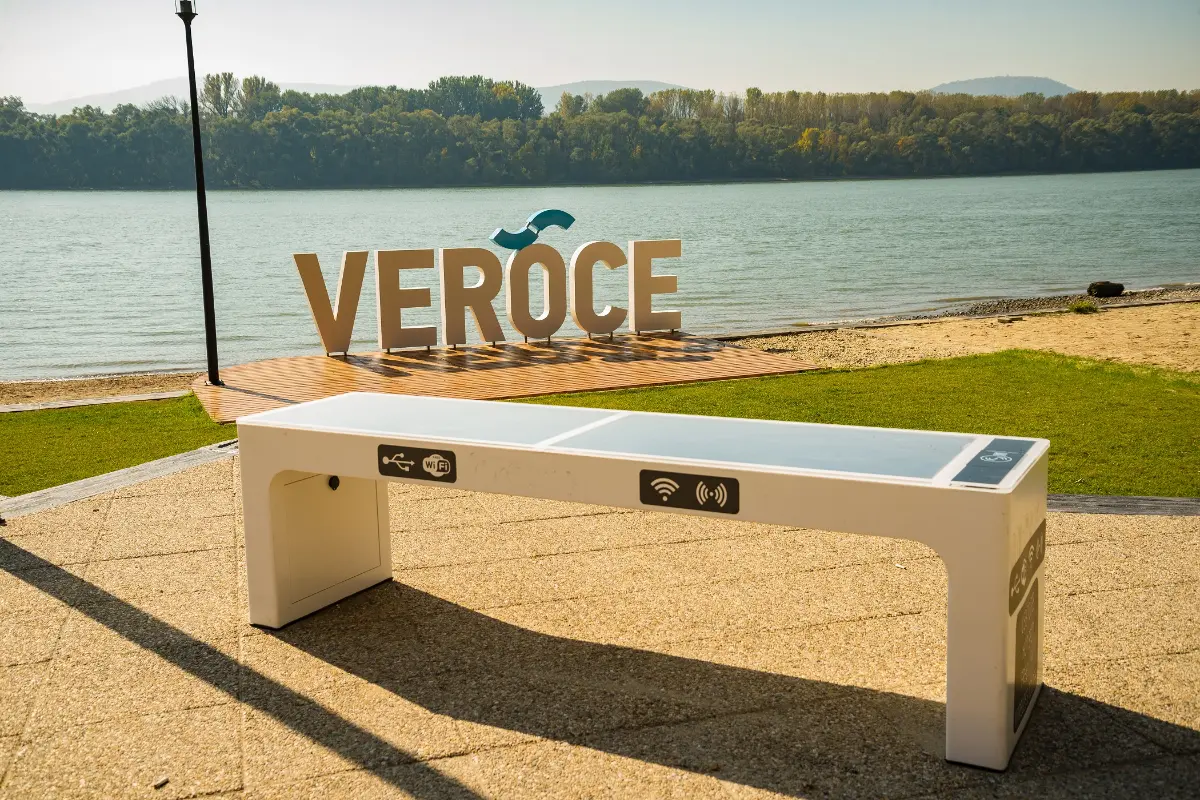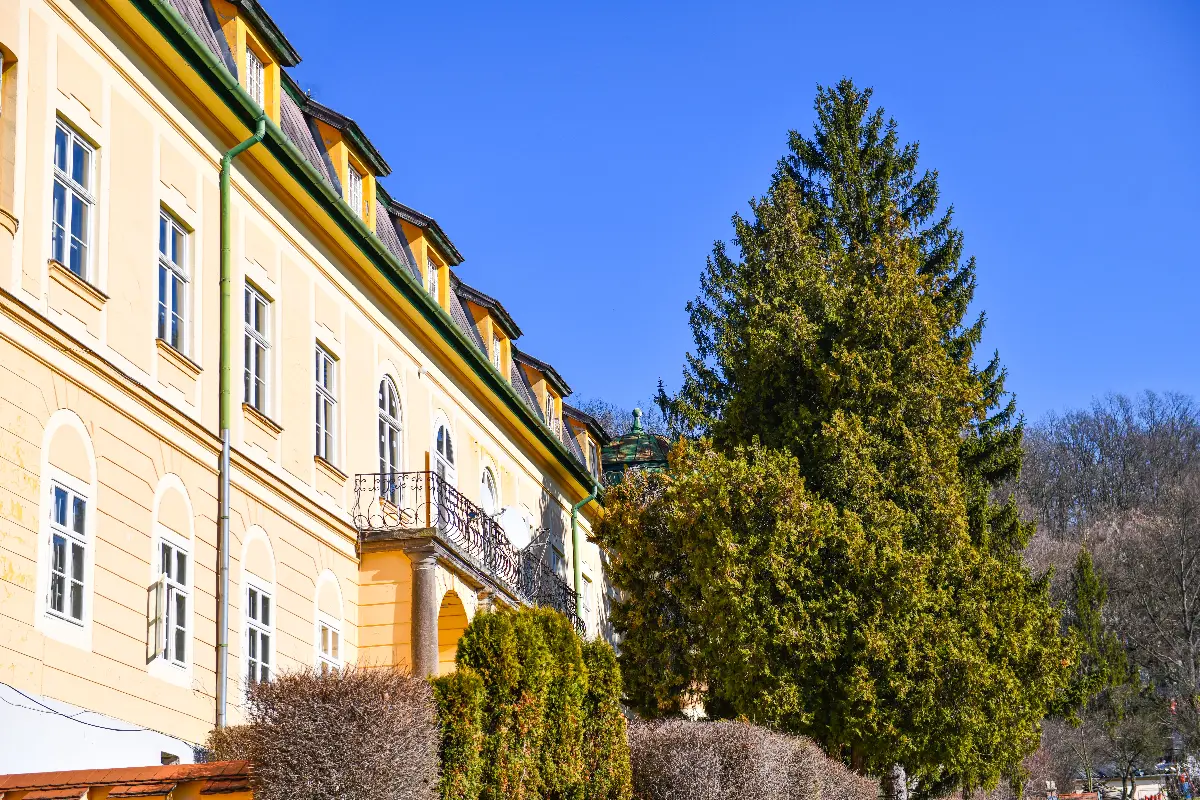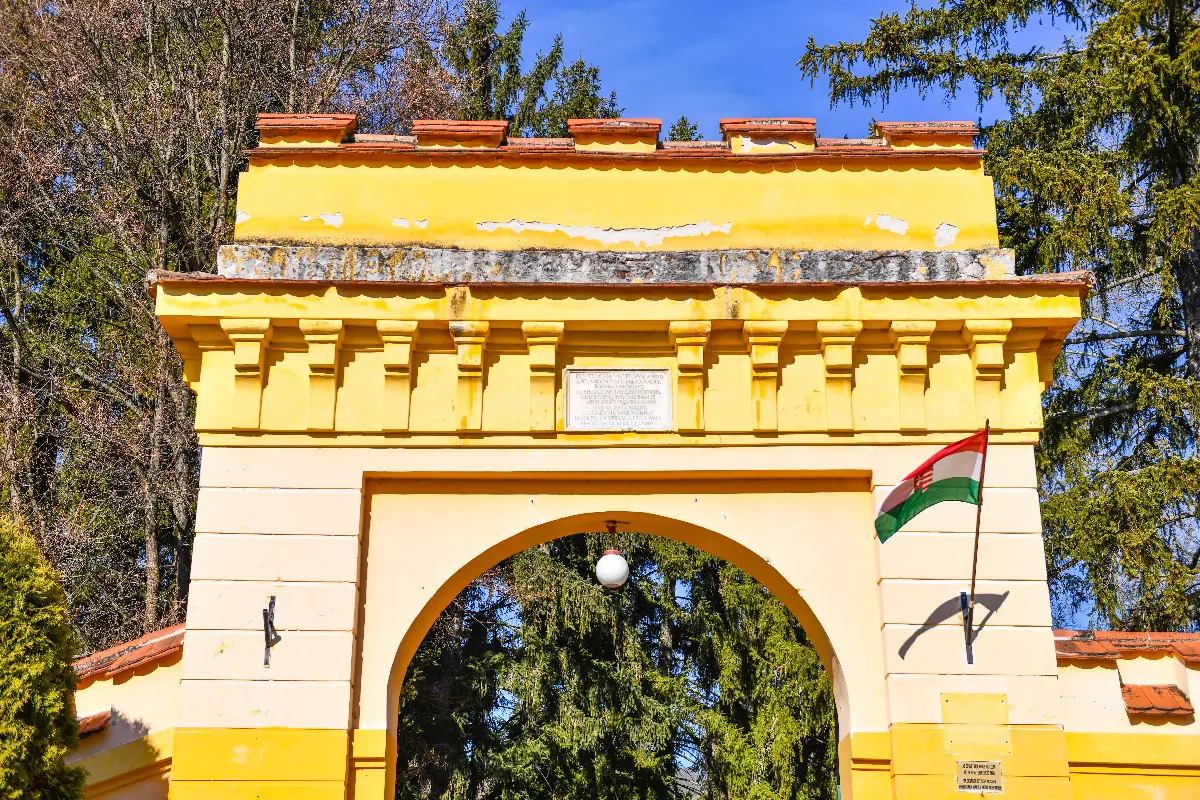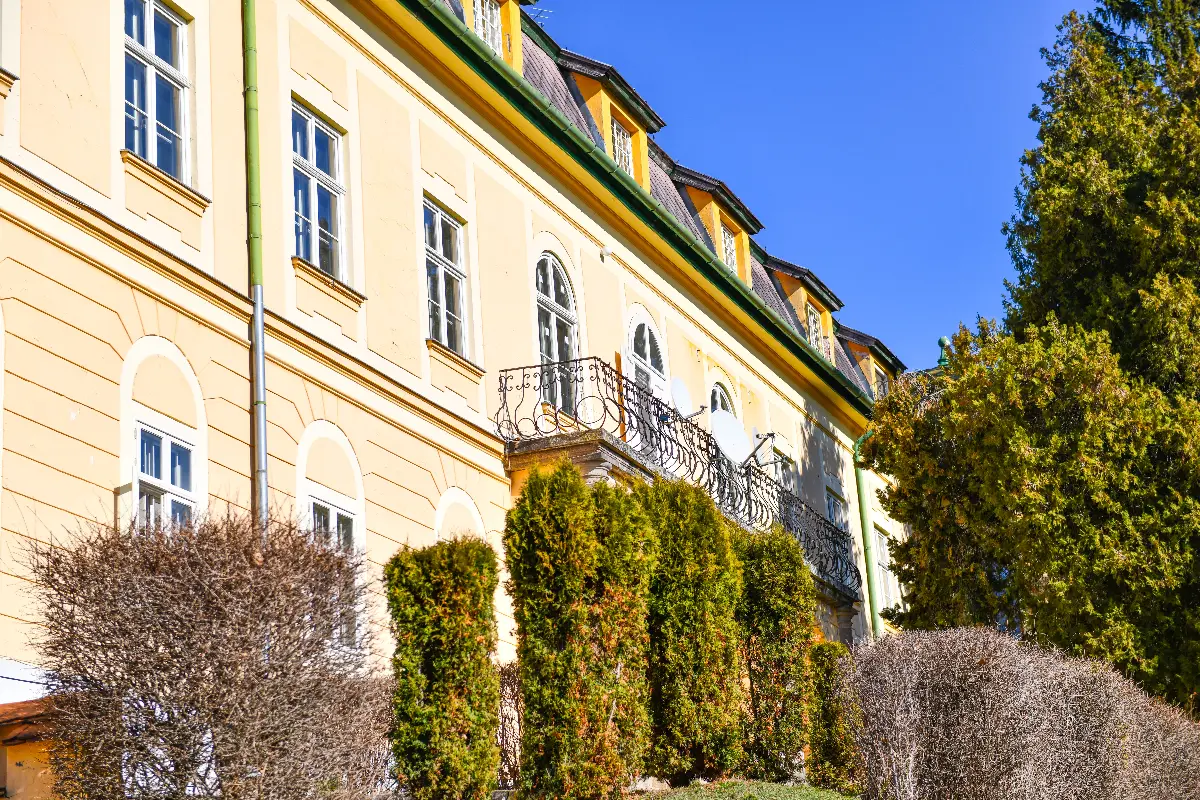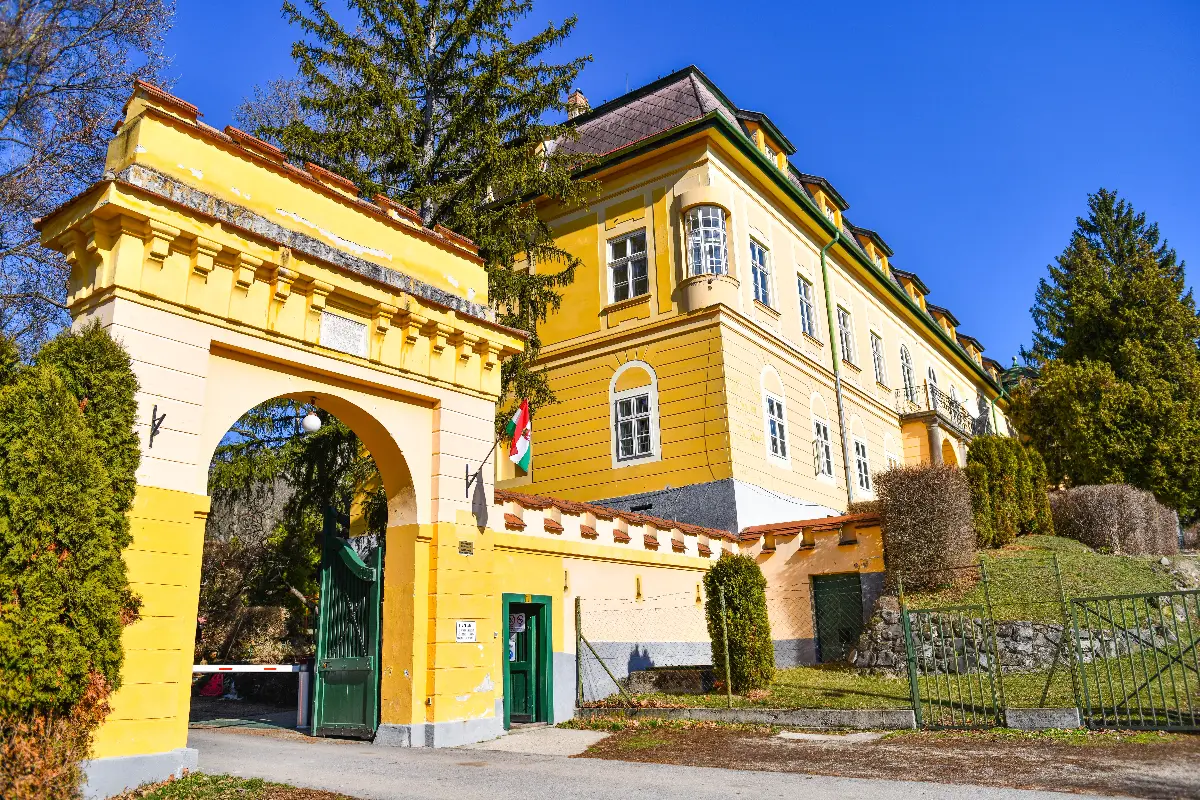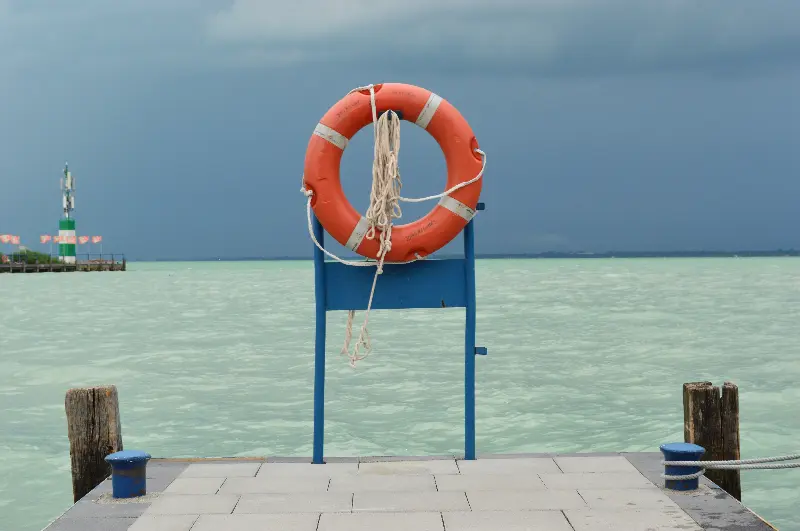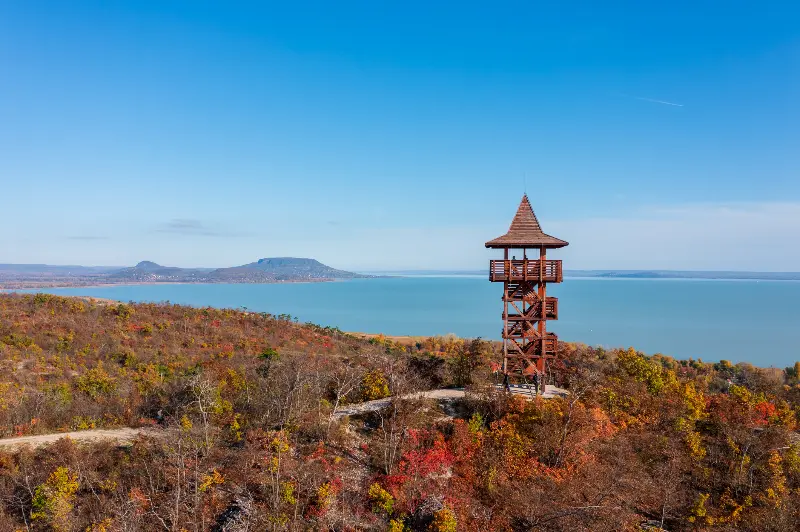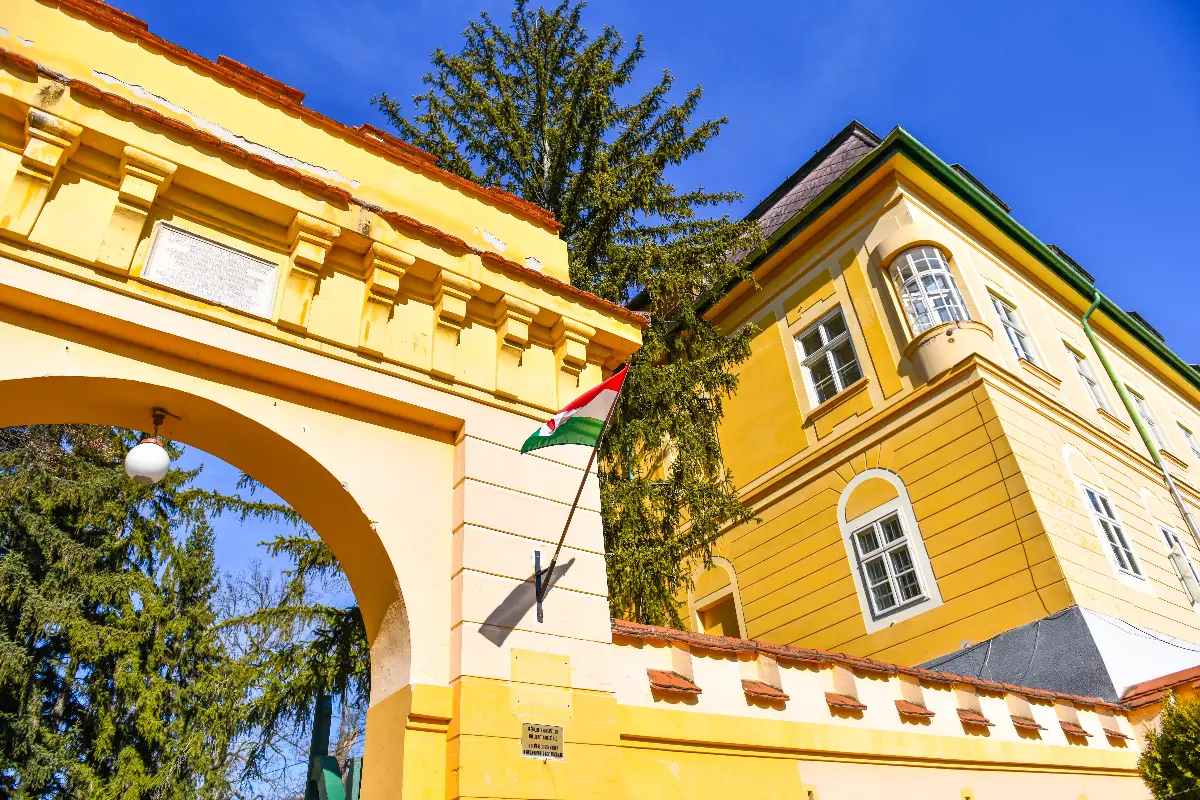
Helyszín címkék:
Alligators scared visitors in Verőce
DunakanyarGO
The Mediterranean-sounding name immediately indicates that the place has a special history. It was built by Count Kristóf Antal Migazzi (Christoph Anton von Migazzi, Trident, 1714 - Vienna, 1803), who is considered by many to be the great reformer of Vác. During his twenty years here, he invested an incredible amount of money in the development of the town at the Danube Riverbank, its buildings, educational and social institutions. He needed a rest from all the work, so he chose Verőce, a romantic, wooded and then uninhabited corner of the town, near Vác, to build his summer residence. Although there is still no consensus on the designer of the lovely building, it seems likely, that he did not hire Isidore Canevale, who also designed the “Nagyboldogasszony-székesegyház” (Cathedral of Our Lady of the Assumption) in Vác, but the Moravian-born architect, Gáspár Oswald, a Piarist who worked as a contractor and supervisor on several of Canevale's projects and is credited with the design of several important church buildings.
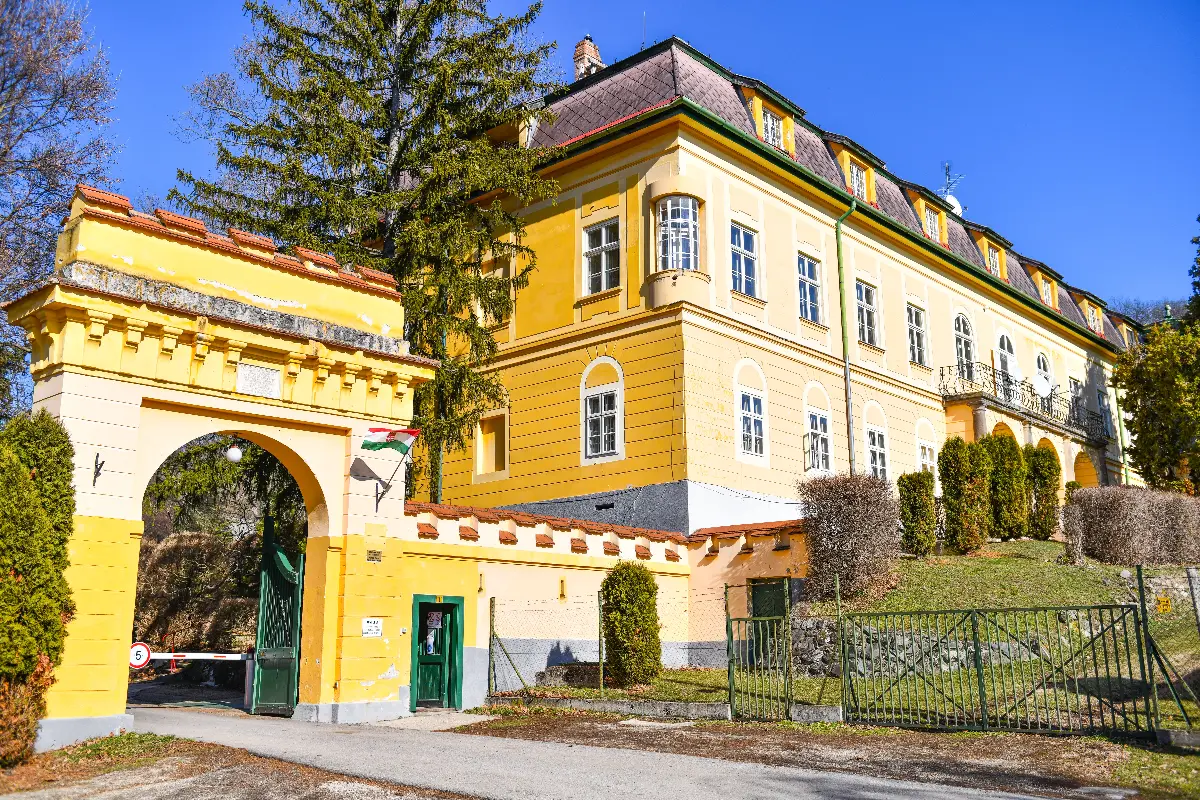
Migazzi was a frequent and welcome visitor to Verőce, and according to some sources even Maria Theresa visited him. Whether or not this is true remains to be seen, but it is a fact that the triumphal arch of Vác was built in record time for the Empress. The original castle was later modified several times, the first time in 1824, when not only the balcony arch and columns were changed, but the façade also received neoclassical decoration. It is interesting to note that despite this, the bishopric used the building, with its magnificent park in the middle of the Börzsöny hills, less and less often. Until 1848, the game reserve was closed, but the fervour of the revolution also reached the Danube Bend. The locals increasingly took possession of the area, and it became a favourite place for revels and weekend relaxation. But the really interesting turn of events came at the end of the nineteenth century: In 1890, Bishop Konstantin Schuster in Vác leased the castle to Fedor Zubovics, which turned out to be a very bad decision. He refused to pay, and when they tried to collect his debt from him, he even hired the last outlaw in the Börzsöny area, Pista Sisa, to get rid of the debt collectors. Who was the man who dared to do this? Born into an ancestral Polish family, which eventually became Hungarian, he was educated in Vác, and later became a soldier in Vienna. He did not prefer the back areas in battles, he fought on the front lines, travelled to many countries and led the armies of many nations into battle. He was loud, cheerful and fearless: He introduced alligators to Verőce, experimented with explosives, held bacchanals well-documented by the media, and went on exotic hunts whenever he wanted to. The years he spent here were long remembered. However, he became famous not for this, but for his wire mine system called the land-based torpedo, the patent for which was bought not only by the monarchy, but also by the armies of several foreign countries.

Zubovich's weapon was first used on 14th March 1915. The 17th Hungarian infantry regiment of Székesfehérvár was in retreat on the ridge of Korumkó hill southwest of Variháza. The wire explosives were planted in the meadows and forests against Russian troops: according to contemporary accounts, they wreaked unimaginable, barbaric havoc among the enemy soldiers on the attack. It was after the First World War that the idea of turning the Migazzi Castle into a priest's home came up. After the World War, this activity could not continue, it was converted into a workers' camp, and the former park was annexed, on which, among other things, the internationally renowned Express Camp was established. Although the Migazzi was turned back into a retirement home by the end of the 1950s, it could not retain its original form, and later had a more modern outhouse built. Unfortunately, it is not possible to visit the castle and the always well-kept park, but it is worth walking around the fenced area from the surrounding small streets, and imagine what exciting times preceded the present peaceful silence in Verőce.
